Scientists have observed a once-in-a-billion-years evolutionary event as they’ve witnessed the phenomenon of primary endosymbiosis in progress. This event is when two lifeforms merge into one organism.
This remarkable discovery has led scientists to further their study of this phenomenon, which only rarely occurs.
Primary Endosymbiosis
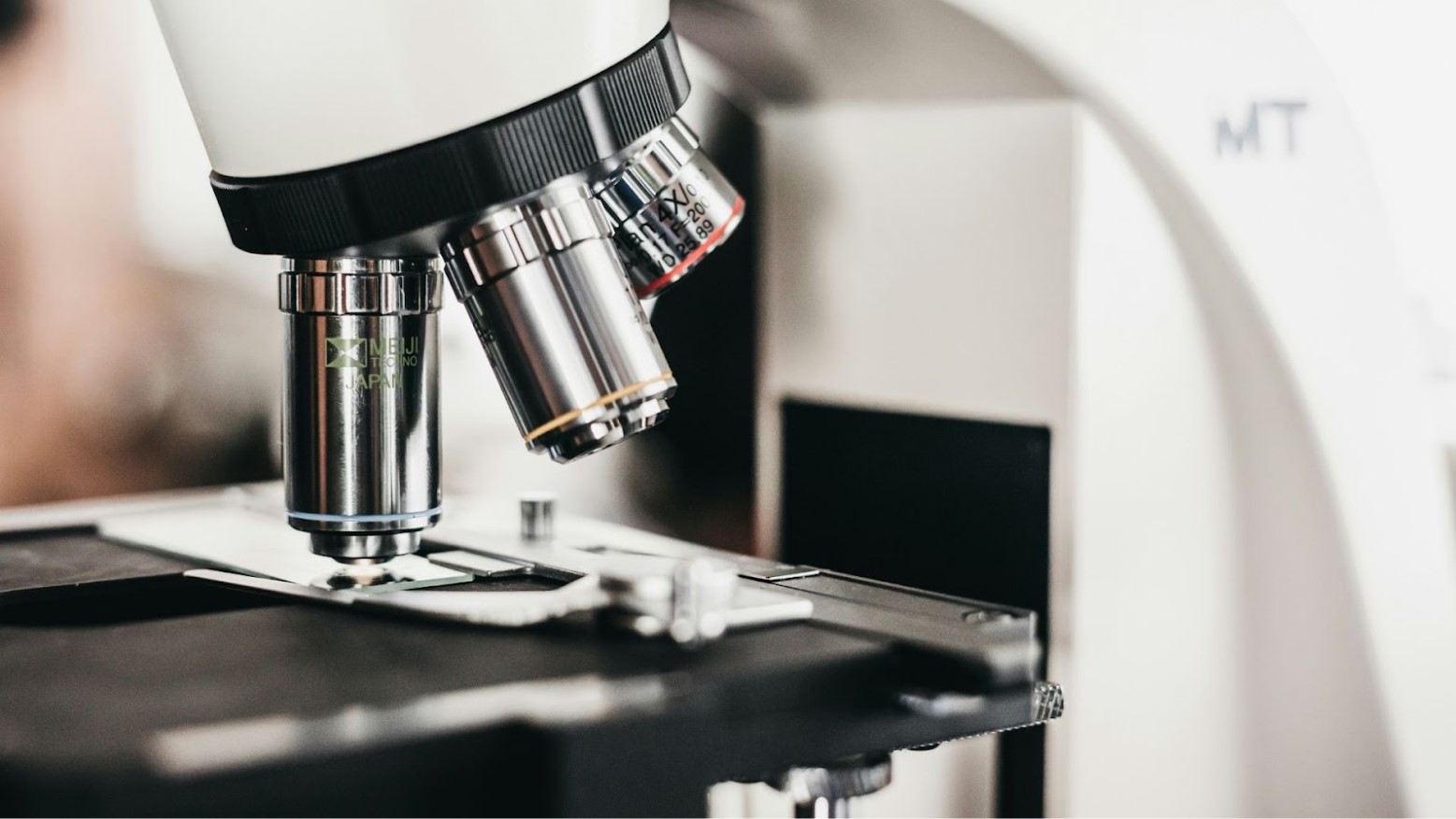
Primary endosymbiosis is a rare phenomenon that occurs only when one microbial organism merges into another, engulfing it in the process.
This organism then starts to use the engulfed organism as an internal organ. The host organism will provide the necessary energy, nutrients, protection, and everything else the overall organism needs to thrive.
A Rare Phenomenon

Eventually, this engulfed organism can no longer exist alone. It needs the organism that it merged with, as it has started to provide so many nutrients that it needs. The organism relies on it.
As a result of this reliance, the engulfed organism becomes an organ for the host organism. This is also known as an organelle.
Algae and Primary Endosymbiosis

According to a new study, scientists have discovered this phenomenon is occurring within Braarudosphaera bigelowii, an algae species.
This amazing discovery has shown that this algae species engulfed a specific cyanobacterium. This absorption has remarkably allowed the algae to gain new properties that have shocked researchers.
New Algae Properties

After discovering this occurrence, scientists have stated that the algae’s consumption of this cyanobacterium has allowed the algae to fix nitrogen from the air.
This then allows the algae to combine the nitrogen with other elements, thereby creating compounds that would be more useful to the algae. Normal algae and plants cannot do this.
How Regular Algae and Plants Work

Algae and plants need nitrogen as a nutrient. Normally, they get the nitrogen through the symbiotic relationships that they form with bacteria. However, this bacteria remains completely separate from the algae or plant itself.
This isn’t what’s occurring in this algae species. Instead, a primary endosymbiosis has occurred.
Linked Organisms
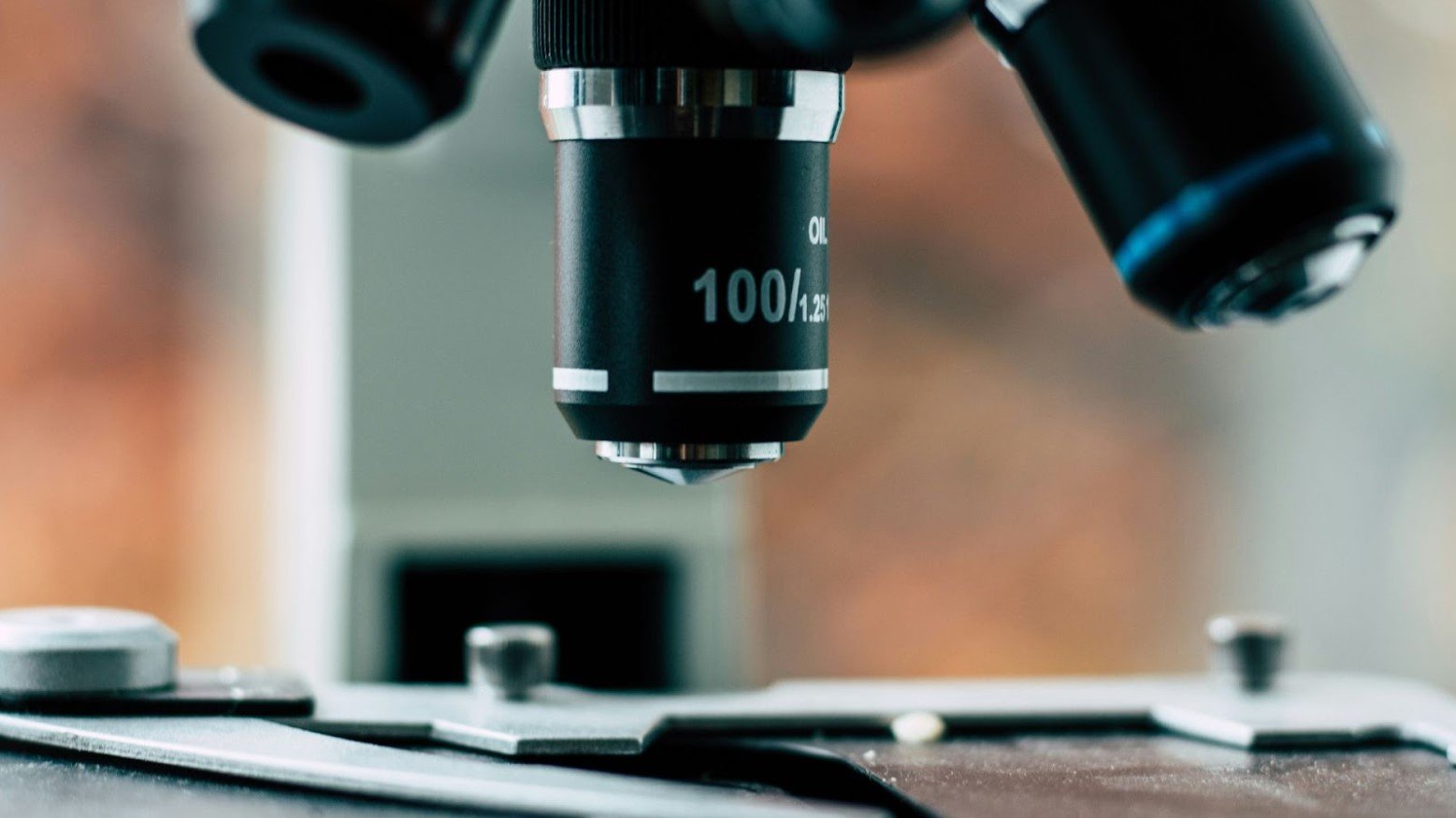
According to this study, scientists took a look at this algae species after first thinking that it had created a symbiotic relationship with UCYN-A, a bacteria. This would be normal, as that’s how algae and plants work.
However, instead, researchers discovered that the algae and UCYN-A stay at the same ratio size throughout the species. Therefore, scientists believe that these two organisms are linked.
Exchanged Nutrients
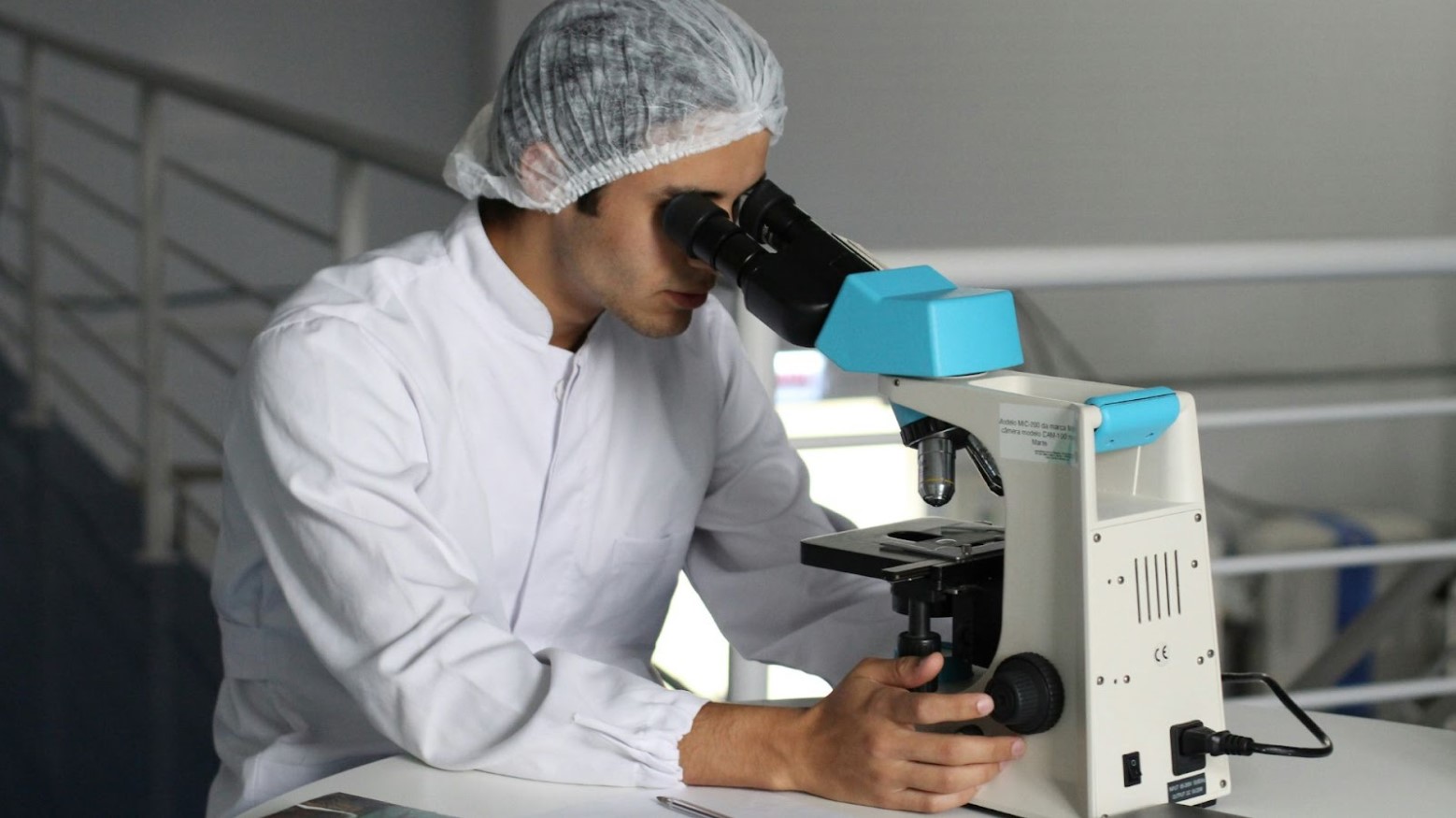
Therefore, scientists have claimed that these two organisms have linked metabolisms. They’ve also pointed out that the two organisms exchange nutrients. Jonathan Zehr, an author of these new studies, has further explained what they found.
“That’s exactly what happens with organelles,” Zehr stated. “If you look at the mitochondria and the chloroplast, it’s the same thing: they scale with the cell.”
More Studies

After discovering this initial finding, researchers decided to take a closer look by conducting a follow-up study. In this most recent study, scientists used X-ray imaging to try to view these algae cells.
By making these efforts, researchers were hoping that they would further see the interior of the cells and see the primary endosymbiosis through X-ray techniques.
Finding Reliance
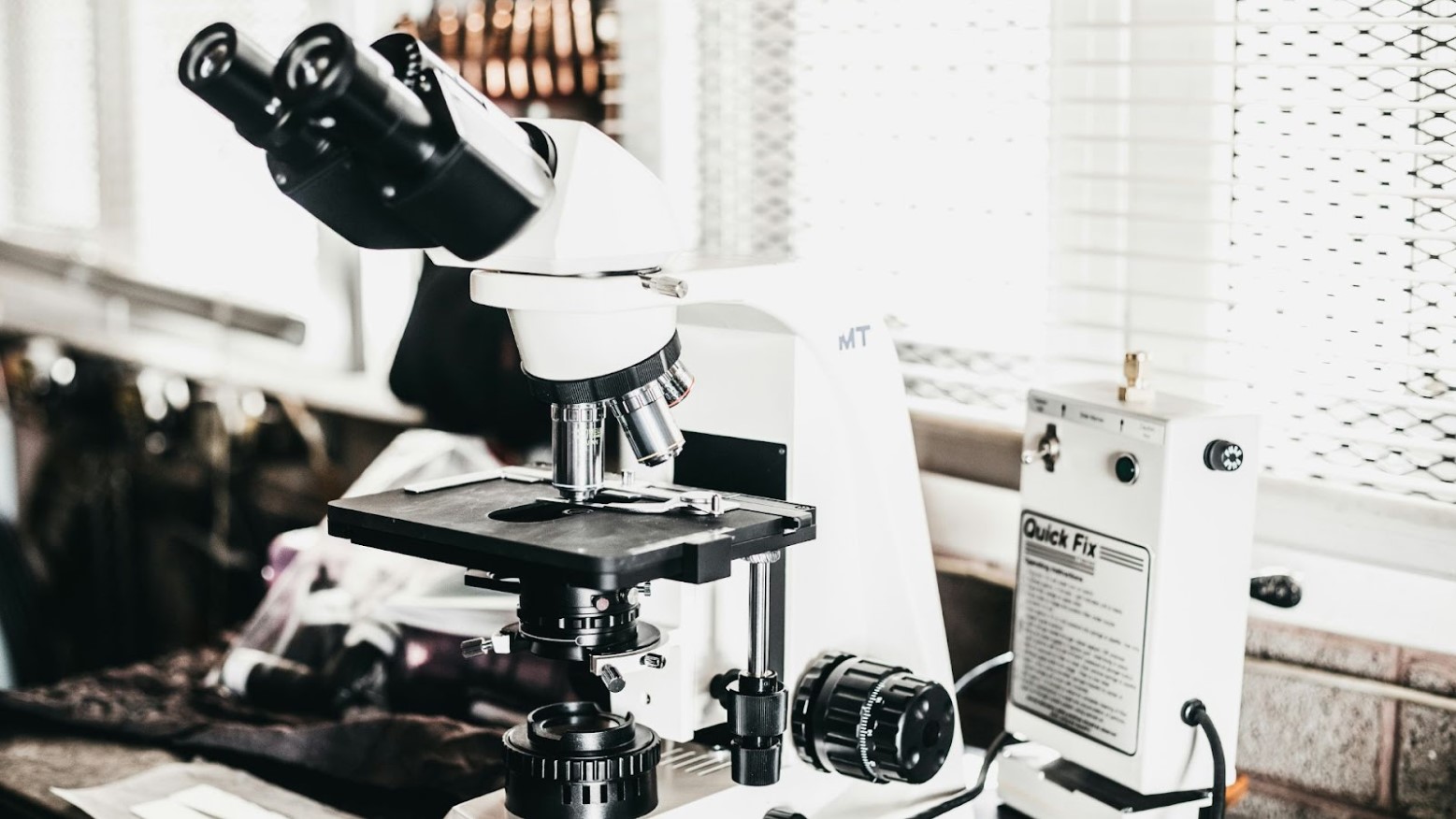
Most notably, researchers wanted to see if one of the organisms was fully relying on the other after absorption — a major component of primary endosymbiosis.
They found this reliance, as the isolated UCYN-A could not produce the proteins it needed. Instead, it had to rely on the algae cell host that had engulfed it for these necessary proteins.
A 100-Million-Year Evolution
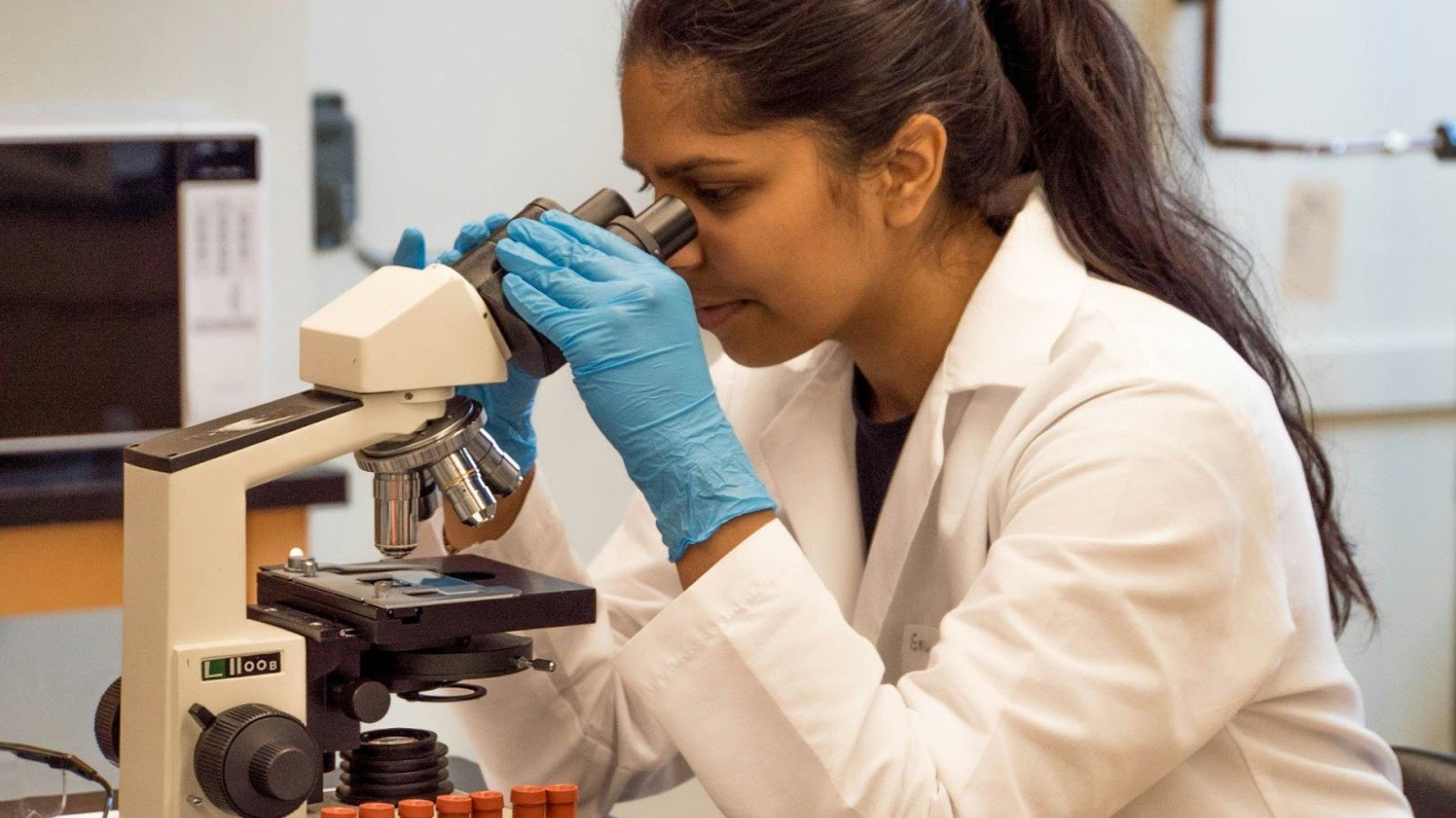
Scientists have now named the UCYN-A organelle a nitroplast. According to their research, they believe this evolution began about 100 million years ago.
This massive discovery is incredibly beneficial to science, as it is thought that primary endosymbiosis has only happened twice before in four billion years. About 2.2 billion years ago, an archaea absorbed a bacterium. Eventually, this became the mitochondria.
The Rarity of This Occurrence

Scientists also believe that this phenomenon occurred about 1.6 billion years ago for only the second time. This last occurrence happened when cells engulfed cyanobacteria. This bacteria then allowed the cell to better harvest energy from the sun.
These organelles are known as chloroplasts. Chloroplasts allow plants to harvest energy from the sunlight — and give them their green color.
Historical Precedents of Endosymbiosis
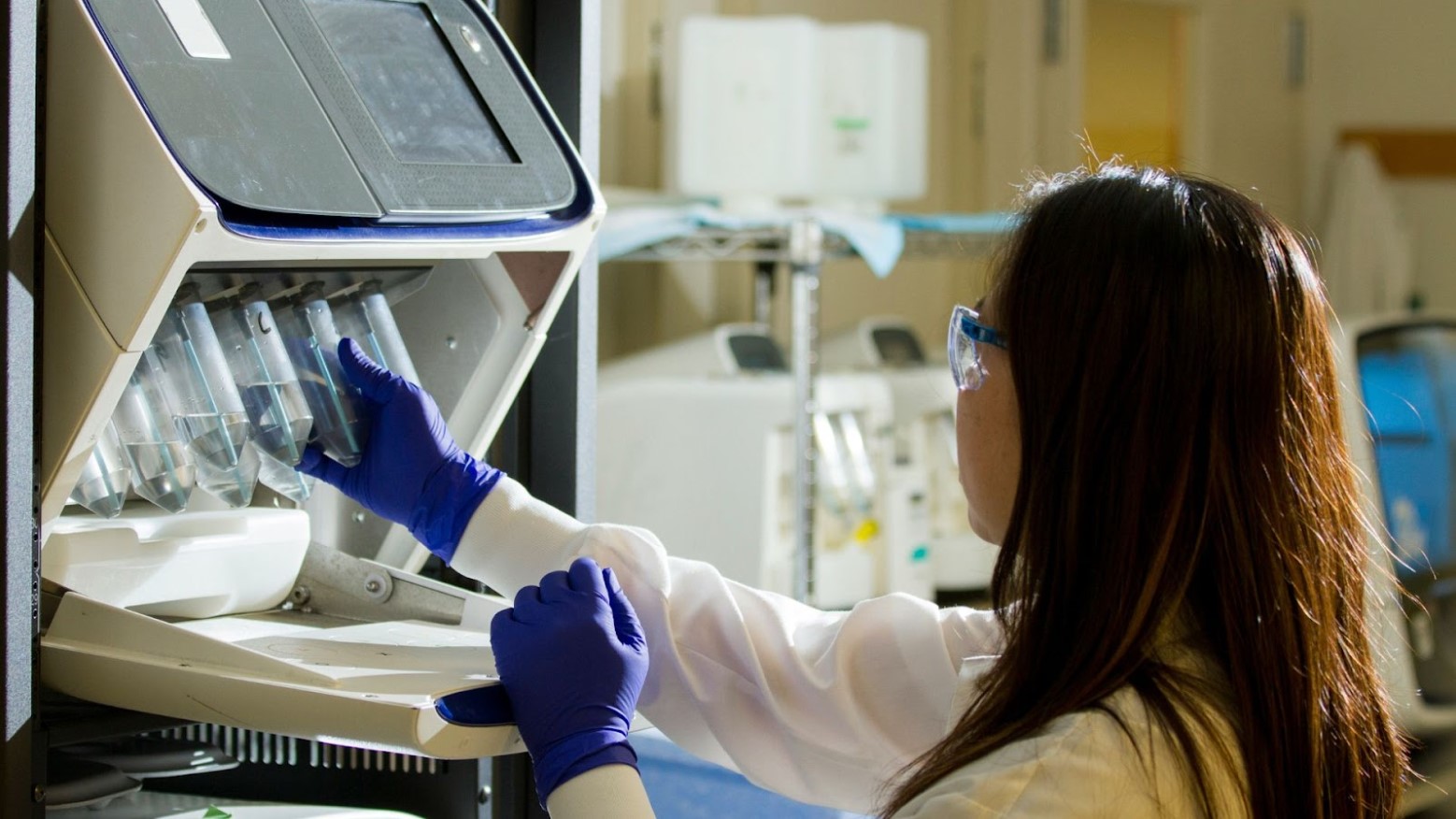
Endosymbiosis has reshaped life’s history multiple times, but rarely with documentation. Prior events, like the creation of mitochondria and chloroplasts, underpin much of modern life’s complexity (via Scitable).
Comparing these to our recent observation highlights evolutionary continuity and rarity, reinforcing the exceptional nature of this discovery in Braarudosphaera bigelowii.
Genetic Insights from Endosymbiosis
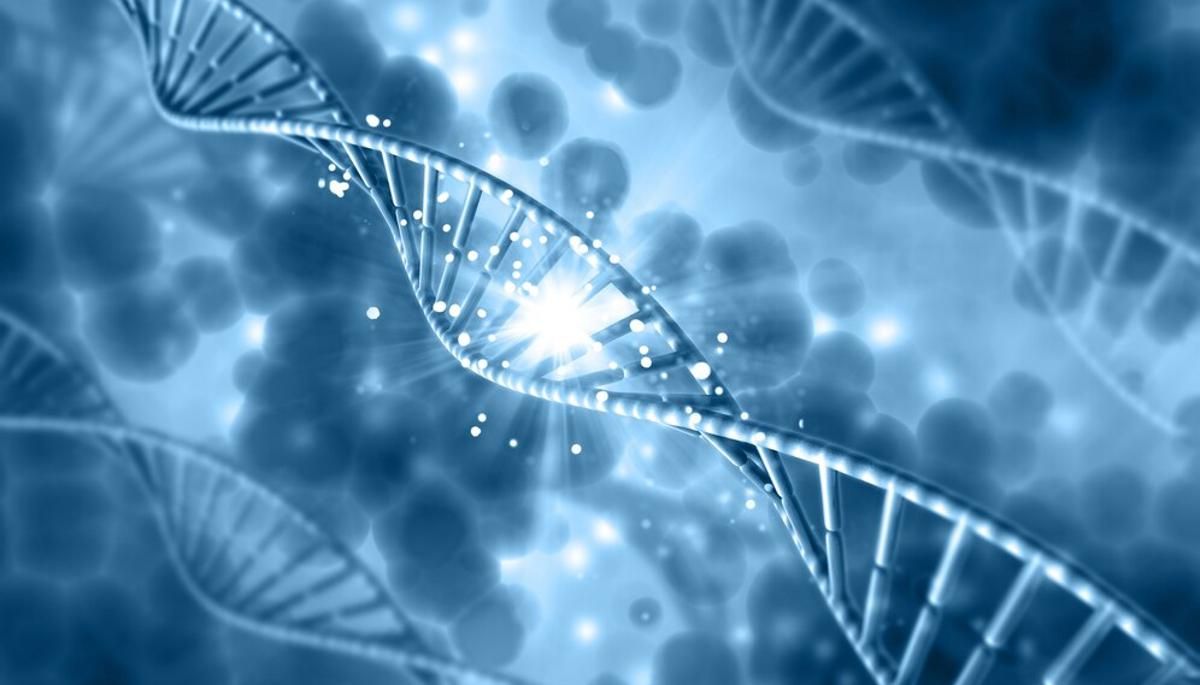
The genetic ramifications of the observed primary endosymbiosis are pretty profound. DNA sequencing of both host and engulfed organisms could reveal the specific mutations facilitating this merger, within the realm of what’s known as horizontal gene transfer.
Understanding these genetic changes could unlock new perspectives on the adaptability and evolution of cellular life.
Ecosystem Impact of Algal Evolution

This evolutionary leap by algae could dramatically alter marine ecosystems. By fixing nitrogen, Braarudosphaera bigelowii might shift nutrient dynamics, potentially affecting everything from algae blooms to fish populations.
These ecosystem changes emphasize the ecological significance of such rare evolutionary events.
Climate Change Connections

Nitrogen fixation by algae influences global cycles of carbon and nitrogen, key elements in climate regulation (via Nature Education Knowledge).
Enhanced nitrogen fixation could potentially reduce atmospheric carbon levels, offering a natural method for mitigating some effects of climate change, thus highlighting the broader environmental impact of this evolutionary event.
Predicting Future Evolutionary Events

Given the rarity of primary endosymbiosis, predicting future occurrences is challenging but crucial.
Identifying environmental or genetic triggers that could lead to similar events may help scientists forecast and possibly even harness these evolutionary processes for beneficial outcomes.
Phylogenetic Implications
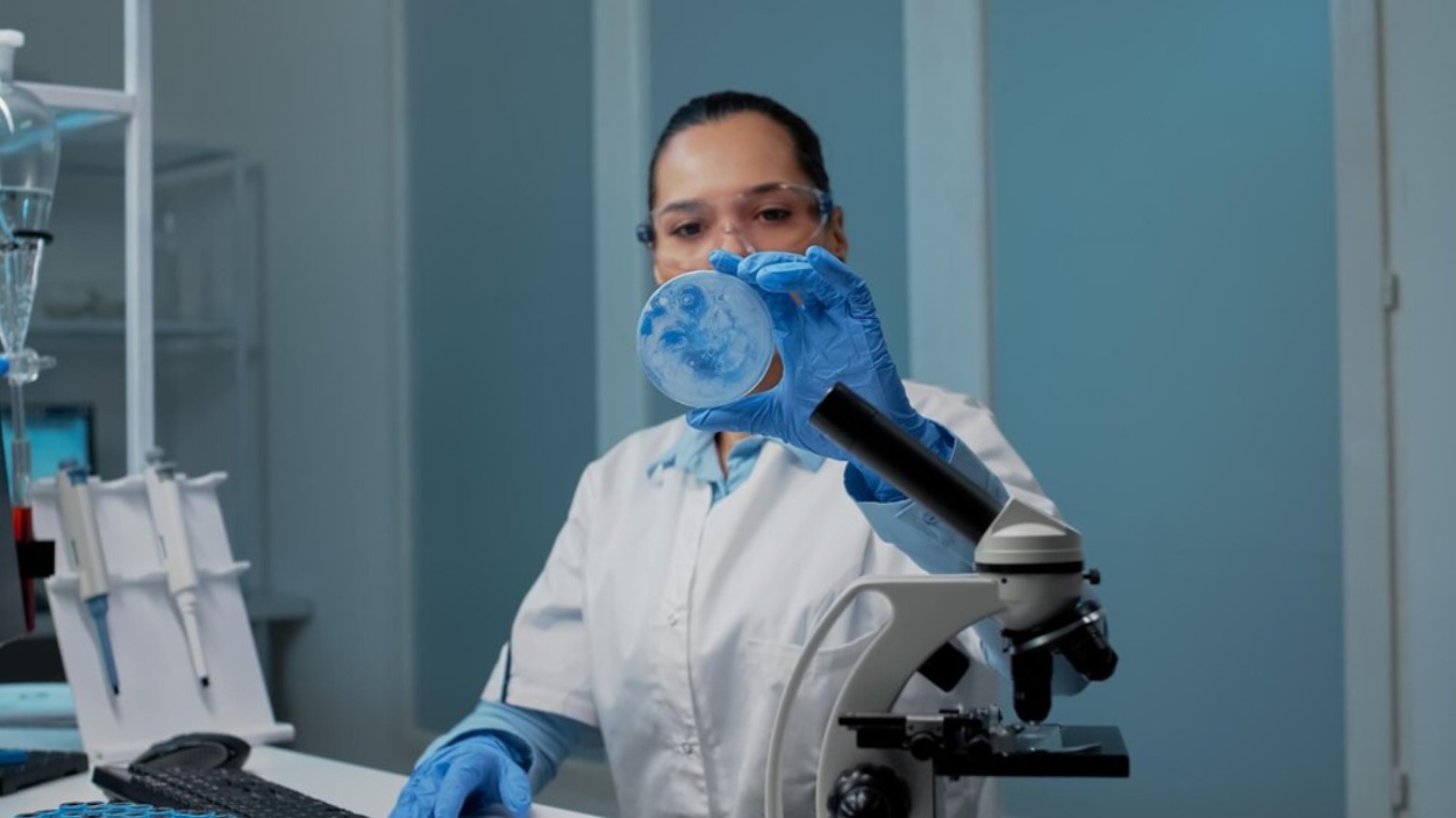
This discovery also necessitates revisions in the phylogenetic trees of algae and bacteria.
By integrating new genetic data, biologists can refine our understanding of life’s diversity and evolutionary history, painting a more accurate picture of the relationships among various life forms.
Methodologies Enabling Discovery
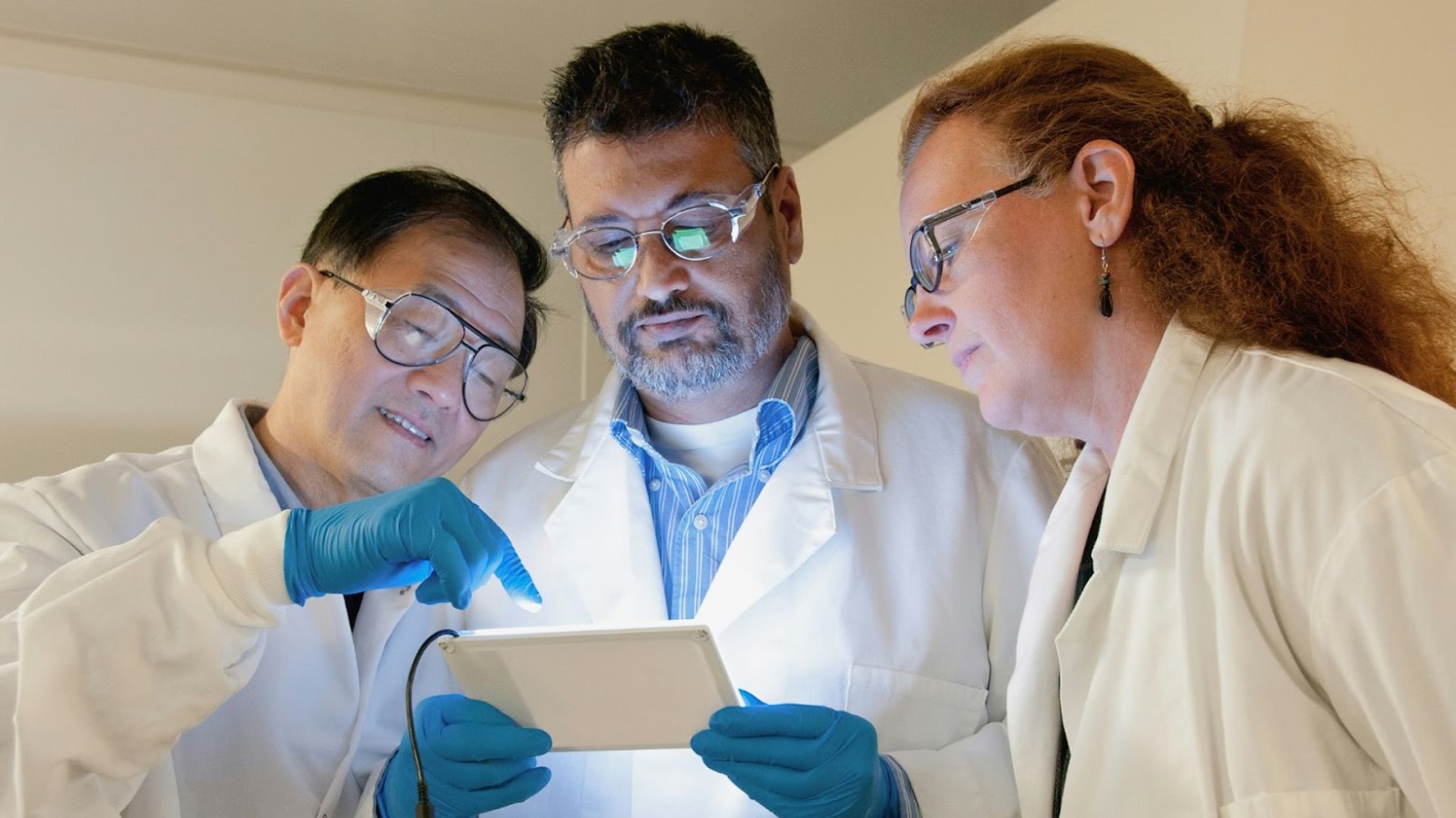
Advanced imaging techniques like X-ray microscopy have been pivotal in uncovering this rare event.
Continued technological advancements will be crucial for further explorations of cellular evolution and for witnessing more such rare biological phenomena in real-time.
Long-term Observational Study Designs

Proposing additional long-term studies to monitor the evolutionary progress of Braarudosphaera bigelowii can provide insights into the stability and adaptability of new traits.
Observing these changes over literal generations can reveal the success and implications of primary endosymbiosis in natural environments.
Understanding the Rarity of Primary Endosymbiosis
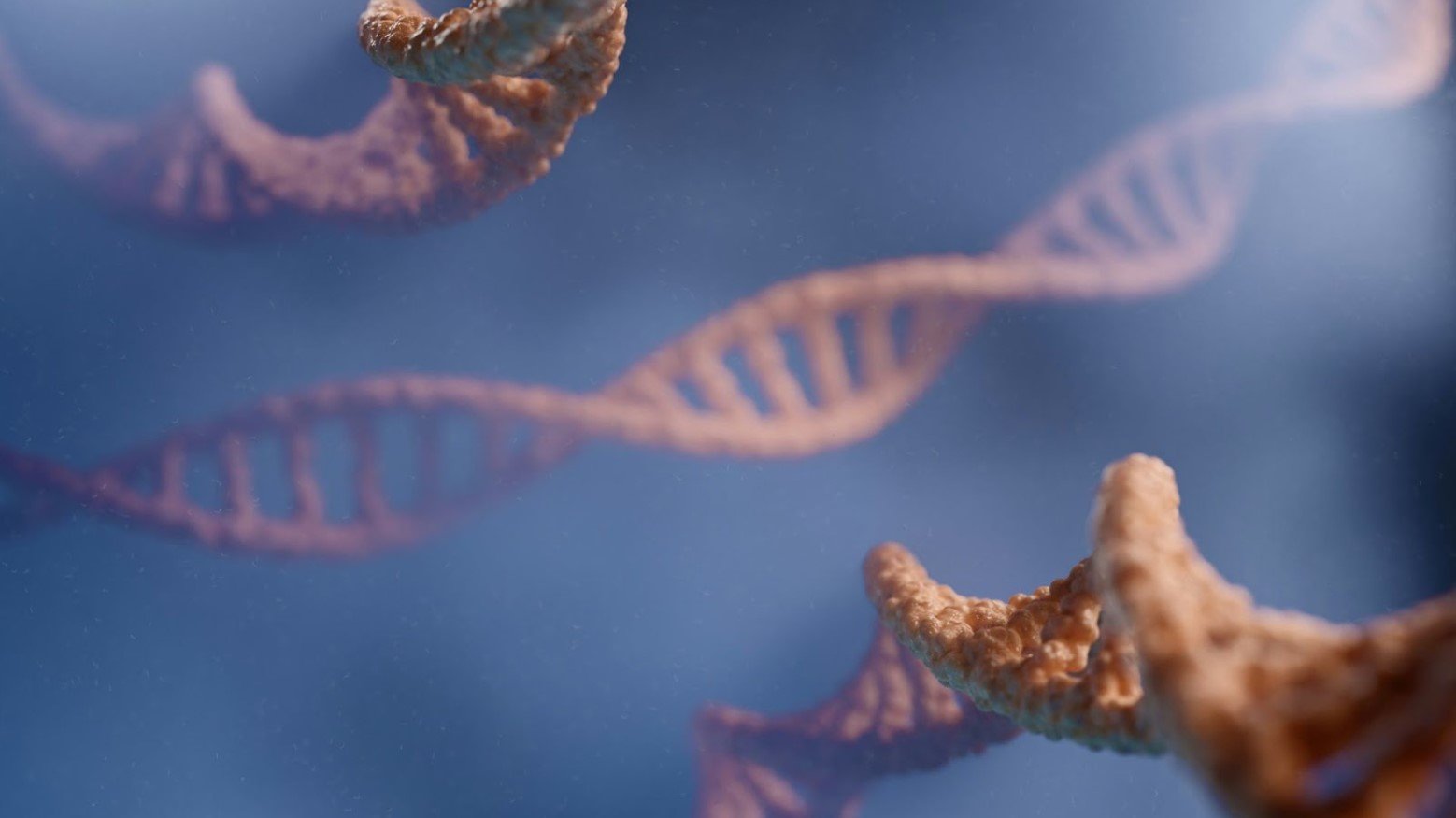
Primary endosymbiosis is an evolutionary rarity, possibly due to the complex conditions required for two distinct organisms to stably merge (via Encyclopedia of Evolutionary Biology).
Knowing these conditions is essential for grasping the broader implications of such rare events and their sporadic occurrence throughout Earth’s history.
Evolutionary Significance
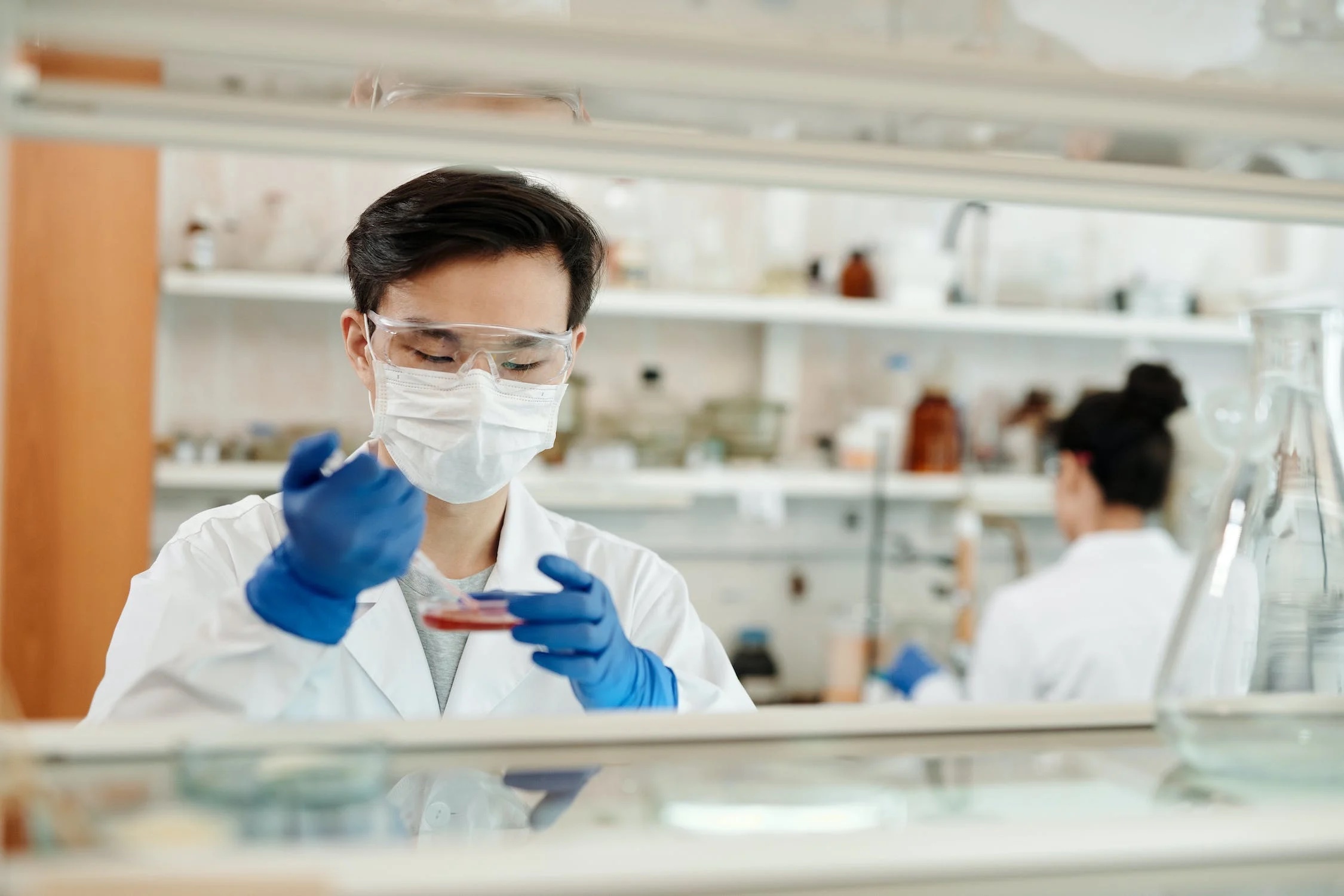
This recent observation of primary endosymbiosis in Braarudosphaera bigelowii not only highlights its rarity but also its profound implications for evolutionary biology.
This recent observation of primary endosymbiosis in Braarudosphaera bigelowii not only highlights its rarity but also its profound implications for evolutionary biology.
Future Directions

The observation of a once-in-a-billion years evolutionary event offers an invaluable window into the processes that shape life on Earth.
It urges the scientific community to continue exploring and documenting these rare occurrences to enhance our understanding of life’s evolutionary dynamics and potential.
Significance for Biological Research
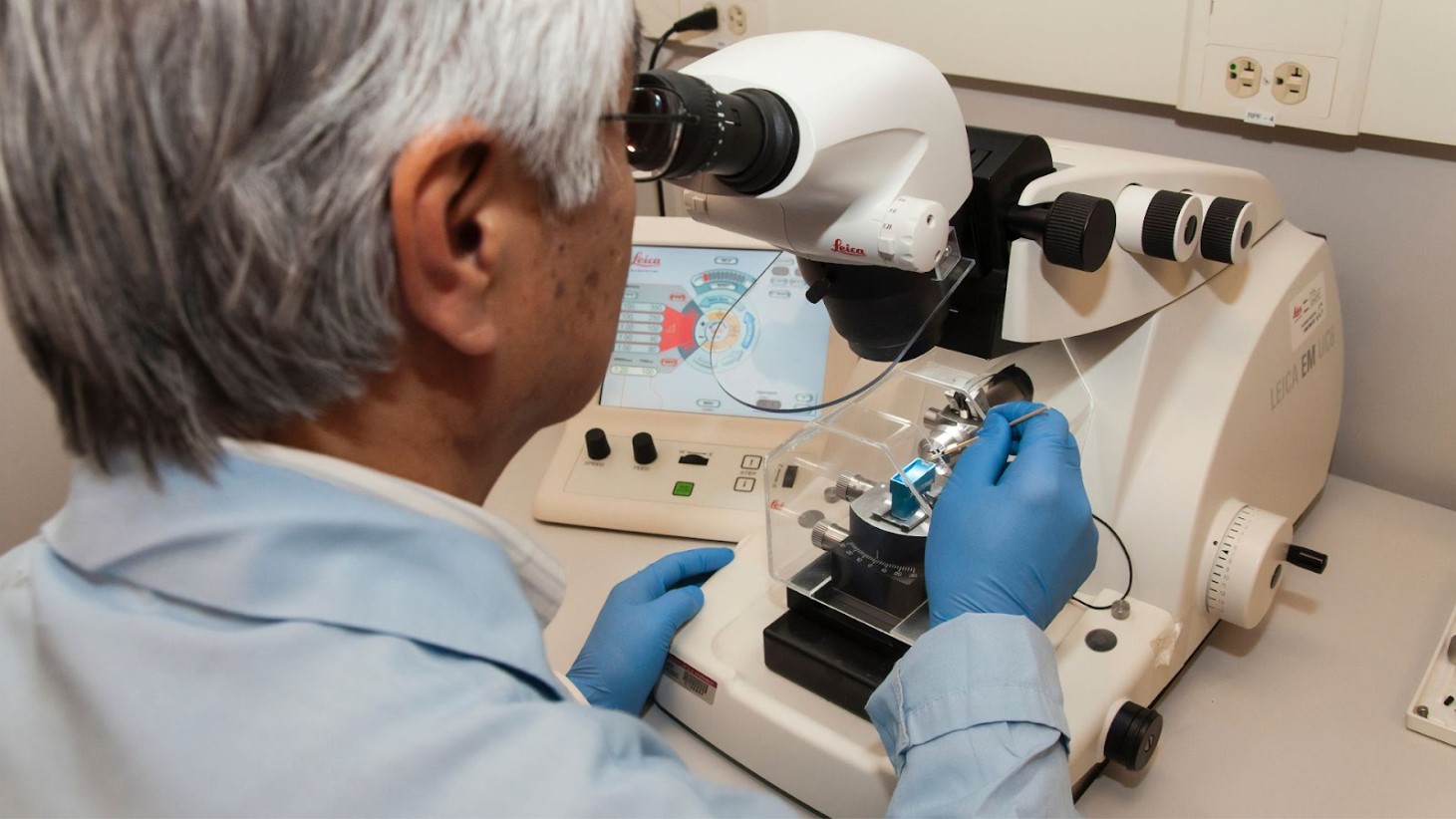
Encouraging further studies into how merging organisms can lead to novel biological functions and adaptations, potentially revolutionizing our understanding of evolutionary biology and its applications.
It shows the necessity for ongoing investment in research methodologies that can detect and analyze these important moments in life’s history from a biological perspective.








































